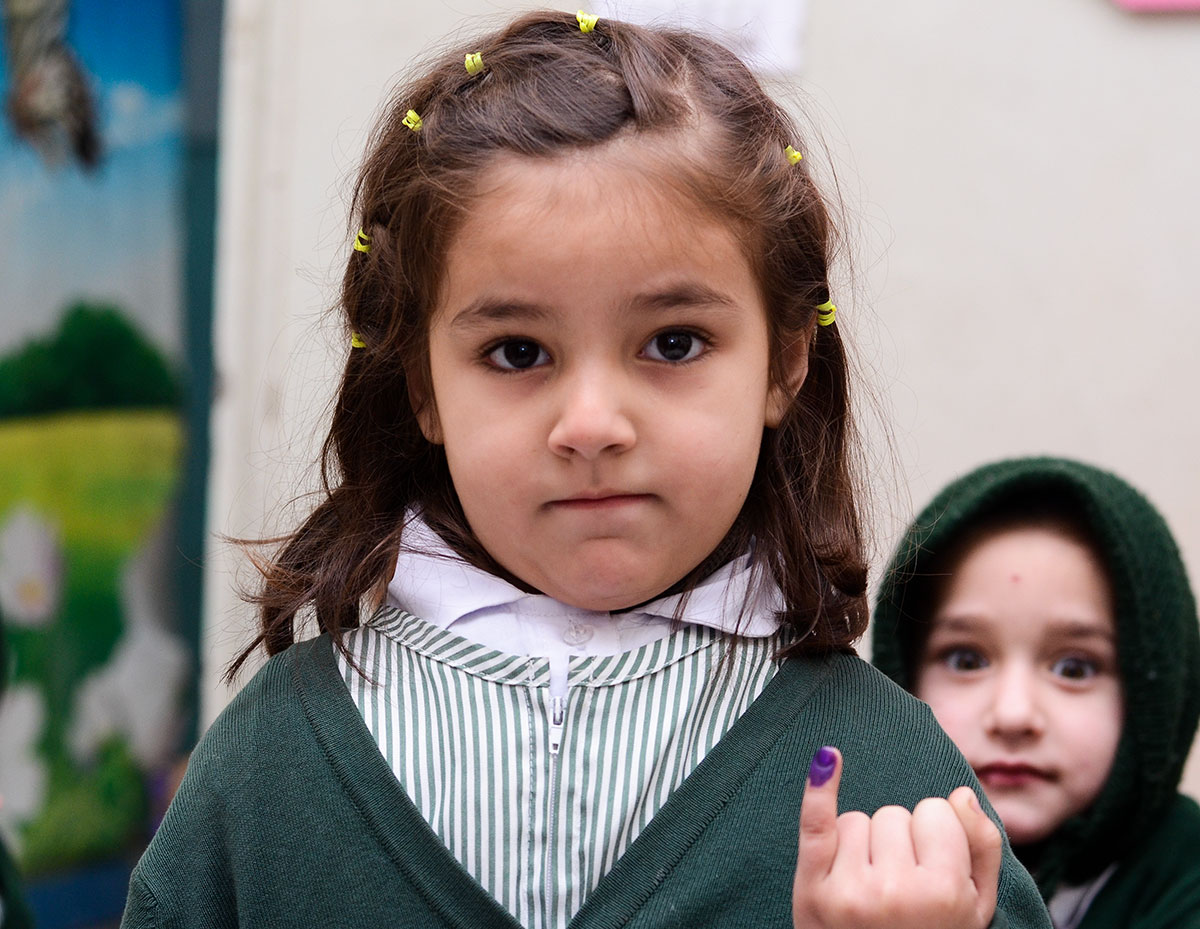By Dr Hamid Jafari, Director, Polio Eradication, WHO Eastern Mediterranean Region
 Photo credit: WHO Pakistan28 April 2024 – Each year at the end of April, the global community commemorates World Immunization Week, a milestone that reminds us of what humanity can achieve when we come together and take action for our collective health. Given that I began my career working in a national immunization programme, known as the Expanded (Essential) Programme on Immunization or EPI, I am encouraged to see the world mark another, related milestone this year: the 50th Anniversary of EPI. Building on the success of the global smallpox eradication effort, EPI was launched to expand national routine immunization services around the world and reduce deaths and disabilities caused by common vaccine-preventable diseases. Over the last 50 years, EPI has saved 154 million lives, reduced infant deaths by more than 40 percent, and protected millions from disability. While WHO now recommends 13 vaccines across the life course for national EPI programmes, six vaccines were recommended in the earliest days of EPI: bacillus Calmette-Guérin (BCG), diphtheria, measles, pertussis, tetanus, and polio.
Photo credit: WHO Pakistan28 April 2024 – Each year at the end of April, the global community commemorates World Immunization Week, a milestone that reminds us of what humanity can achieve when we come together and take action for our collective health. Given that I began my career working in a national immunization programme, known as the Expanded (Essential) Programme on Immunization or EPI, I am encouraged to see the world mark another, related milestone this year: the 50th Anniversary of EPI. Building on the success of the global smallpox eradication effort, EPI was launched to expand national routine immunization services around the world and reduce deaths and disabilities caused by common vaccine-preventable diseases. Over the last 50 years, EPI has saved 154 million lives, reduced infant deaths by more than 40 percent, and protected millions from disability. While WHO now recommends 13 vaccines across the life course for national EPI programmes, six vaccines were recommended in the earliest days of EPI: bacillus Calmette-Guérin (BCG), diphtheria, measles, pertussis, tetanus, and polio.
Polio vaccination has been a part of EPI from the very start. And it is vital that polio eradication and EPI programmes – within the Eastern Mediterranean Region and globally – continue to collaborate to achieve another eradication goal: ending polio once and for all.
Only one serotype of the wild poliovirus remains: wild poliovirus type 1 (WPV1). And it exists in limited geographic areas within just two countries in the world, Afghanistan and Pakistan. While many national, regional and global factors have contributed to this progress, a key element has been collaboration between the polio eradication and EPI programmes.
Countries of the Eastern Mediterranean Region such as Egypt and the Islamic Republic of Iran have built strong national EPI programmes. These programmes maintain high levels of overall routine immunization coverage to ward off outbreaks, collaborate with the polio eradication programme to stop polio outbreaks quickly when detected, and prevent transmission.
In countries like Afghanistan, Iraq, Libya, Pakistan, Somalia, Sudan and Syria, immunization coverage is lower due to more complex operating environments associated with conflict, insecurity, inaccessibility, fragile health systems and highly vulnerable populations. Polio eradication programmes in countries such as these have learned important lessons and gained valuable experiences through ongoing innovations to vaccinate children, and these experiences have informed EPI programme work.
Additionally, countries are integrating and transitioning polio assets into their broader EPI programmes. This enables polio programme capabilities in emergency operations and disease surveillance to be applied to the control of other diseases. The efforts of the Regional Subcommittee for Polio Eradication and Outbreaks have helped make this transition of polio assets a reality and brought Member States together to help both the EPI and polio eradication programmes reach more children across the Region.
In Afghanistan and Pakistan, the last two polio-endemic countries, the polio eradication programmes have worked with EPI to set up health centres and vaccination facilities to provide routine immunization, health check-ups and polio vaccines in areas lacking facilities. Where health facilities are weak or absent, health camps are run to vaccinate all local children. Programmes also routinely implement integrated polio and measles campaigns to control both diseases.
One of the most critical success factors in the last remaining polio-endemic countries, in countries across our Region, and around the world has been the exchange of workers between the polio and EPI programmes. Like me, many health workers started their careers in a national EPI programme and then moved to the polio eradication programme, or vice versa. This exchange of human resources between programmes has led to a sharing of knowledge and experiences that has contributed to the achievements we have seen in both programmes over the last 50 years.
While polio eradication has very specific targets to achieve, the goals of the Global Polio Eradication Initiative and those linked to EPI, such as the Immunization Agenda 2030, share many similarities. Ultimately, the success of both depends on establishing and maintaining access to children who have not been regularly reached with any vaccines.
While the end of polio is nearing, I am confident that over the next 50 years we can continue to strengthen EPI programmes and achieve the Immunization Agenda goals and more. We will do this by advocating for the continued investments needed to end polio and reduce the burden of vaccine-preventable diseases, and by continuing to collaborate and share our expertise, both in the Eastern Mediterranean Region and globally.




